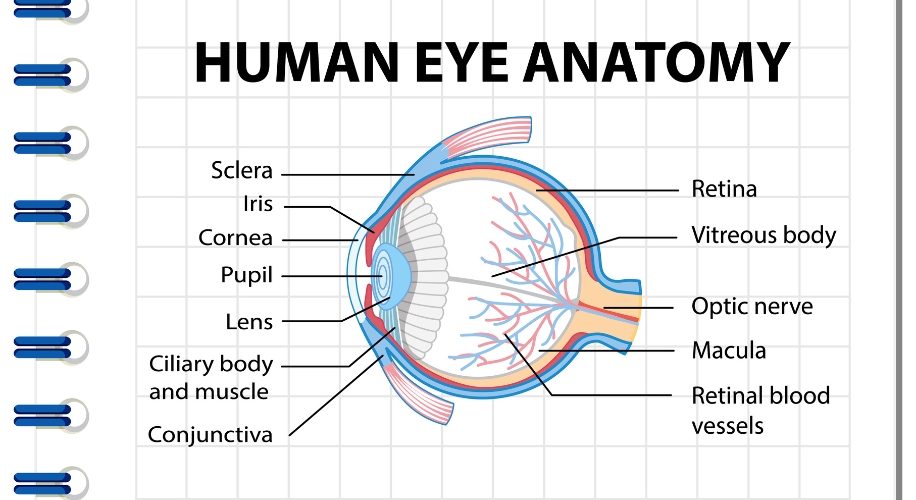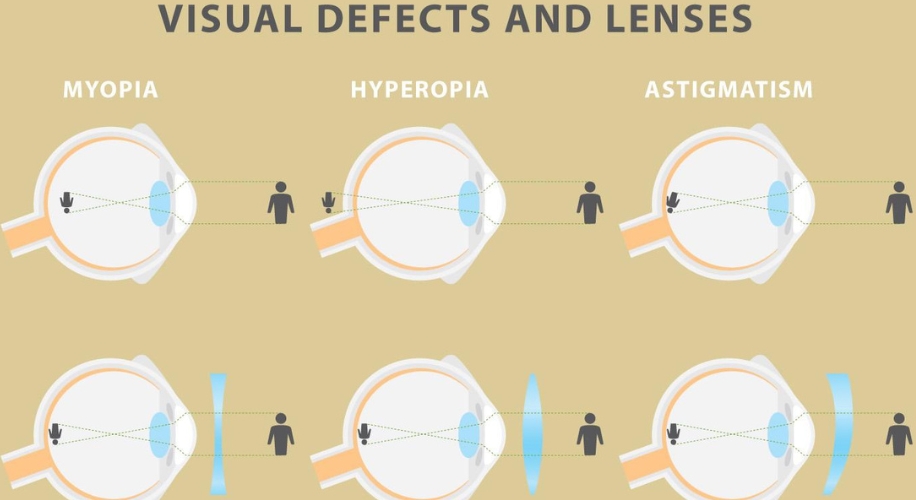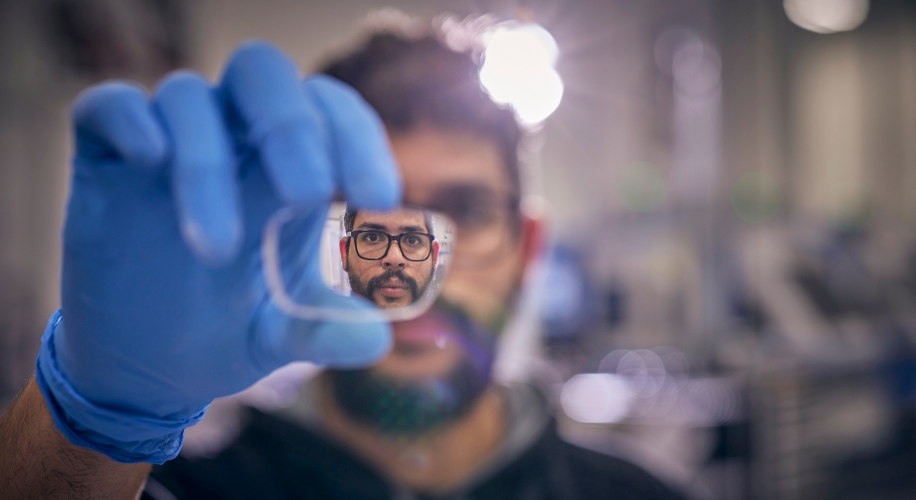Beyond Looking Sharp: The Science Behind How Glasses Work
- BY Dr. Steven Liem
- IN Zenni News
Glasses are more than just a fashion statement. They’re a marvel of science that helps us see the world clearly. But how exactly do those curved pieces of glass perched on our noses work their magic? Let’s delve into the fascinating world of optics and explore the science behind how glasses correct vision problems.

Photo by Andrea Piacquadio
The Eye: A Complex Focusing Machine
Our eyes are incredible organs that work tirelessly to capture light and translate it into the images we see. The key player in this process is the cornea, the transparent dome at the front of the eye. It acts like the first lens, bending incoming light rays and focusing them onto the lens inside the eye. This internal lens then further focuses the light rays onto the retina, a light-sensitive layer at the back of the eye. The retina converts these light signals into electrical impulses that travel to the brain, where they are interpreted as images.

Photo by Matt Cole
When Perfect Focus Goes Awry: Common Vision Problems
Sometimes, the shape of the cornea or the length of the eyeball prevents light from focusing precisely on the retina. This results in blurry vision, a common problem addressed by glasses. Here are two main vision issues glasses can correct:
- Myopia (Nearsightedness): In this case, the eyeball is too long, or the cornea is too curved. Light focuses in front of the retina, making distant objects appear blurry.
- Hyperopia (Farsightedness): Here, the eyeball is too short, or the cornea is not curved enough. Light focuses behind the retina, causing difficulty seeing close-up objects clearly.

Photo by Miguel Angel
The Fix: How Glasses Work Their Magic
Glasses come into play by acting as additional lenses that help focus light rays precisely onto the retina. Here’s how different types of lenses work:
- Convex Lenses (+): These lenses are thicker in the center and thinner at the edges. They are used for farsightedness. By bending light rays inward, they help focus the light rays onto the retina, creating clear vision.
- Concave Lenses (-): These lenses are thinner in the center and thicker at the edges. They are used for nearsightedness. By bending light rays outward, they help focus the light rays further back onto the retina, resulting in clear vision.

Beyond Basic Corrections: A World of Lenses
The world of corrective lenses extends beyond basic farsightedness and nearsightedness. Glasses can also address:
- Astigmatism: This condition arises from an irregularly shaped cornea, causing distorted vision. Special toric lenses with varying curvatures can correct this.
- Presbyopia: This age-related condition reduces the eye’s ability to focus on near objects. Bifocals or progressive lenses provide multiple focal points for clear vision at all distances.
See the World Clearly with Zenni
At Zenni, we understand the importance of clear vision and the science behind achieving it. We offer a wide variety of high-quality lenses, from basic corrections to advanced options, catering to diverse needs. Explore our collection and find the perfect pair of glasses to help you see the world in all its focus and beauty! So next time you put on your glasses, take a moment to appreciate the science at work! These little marvels of technology are a testament to human ingenuity and a key to a world of clear vision.

